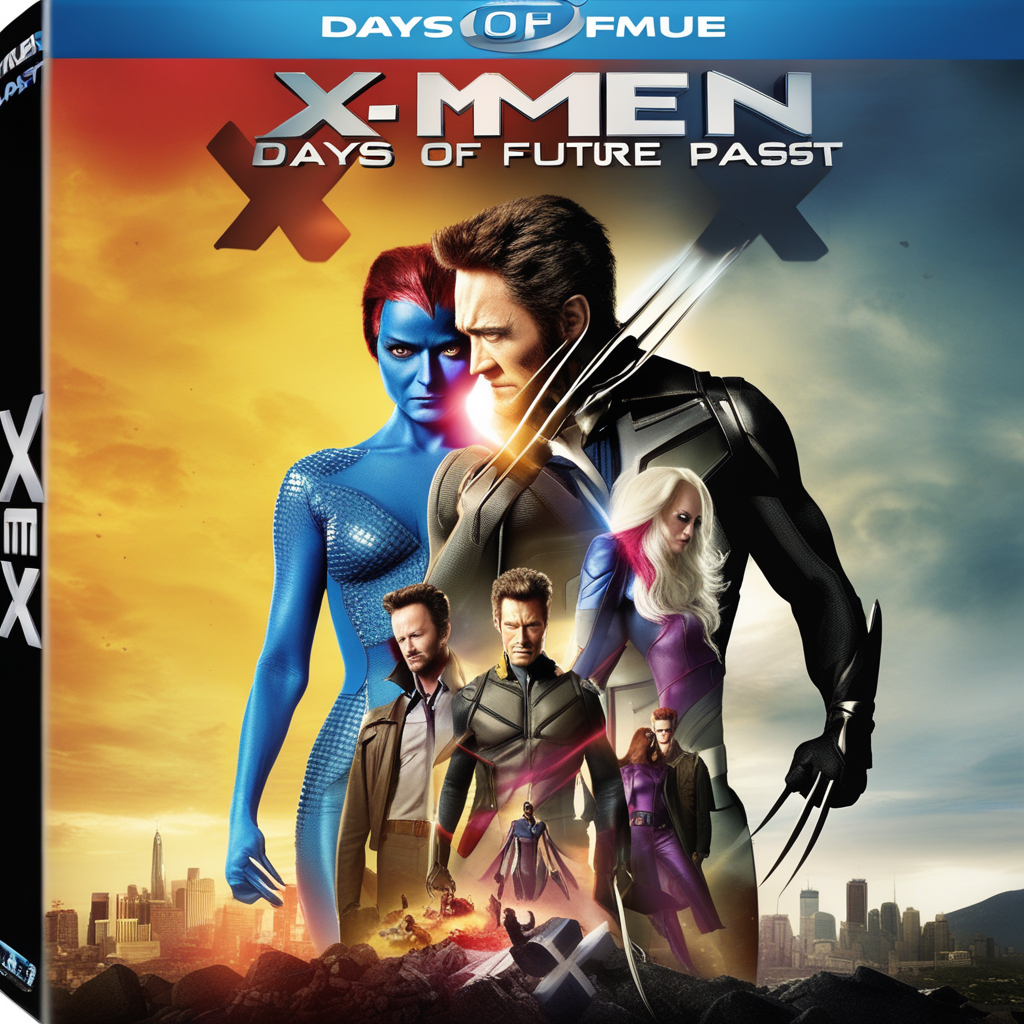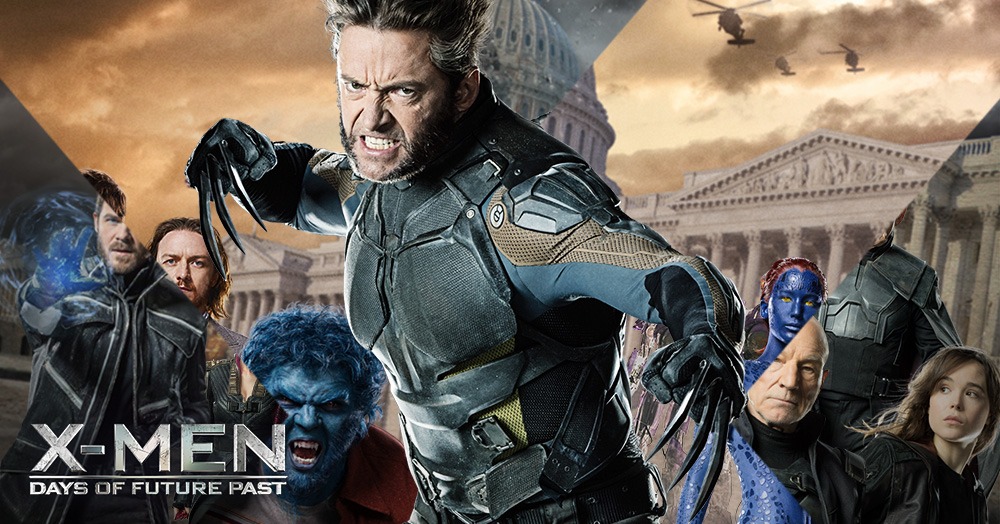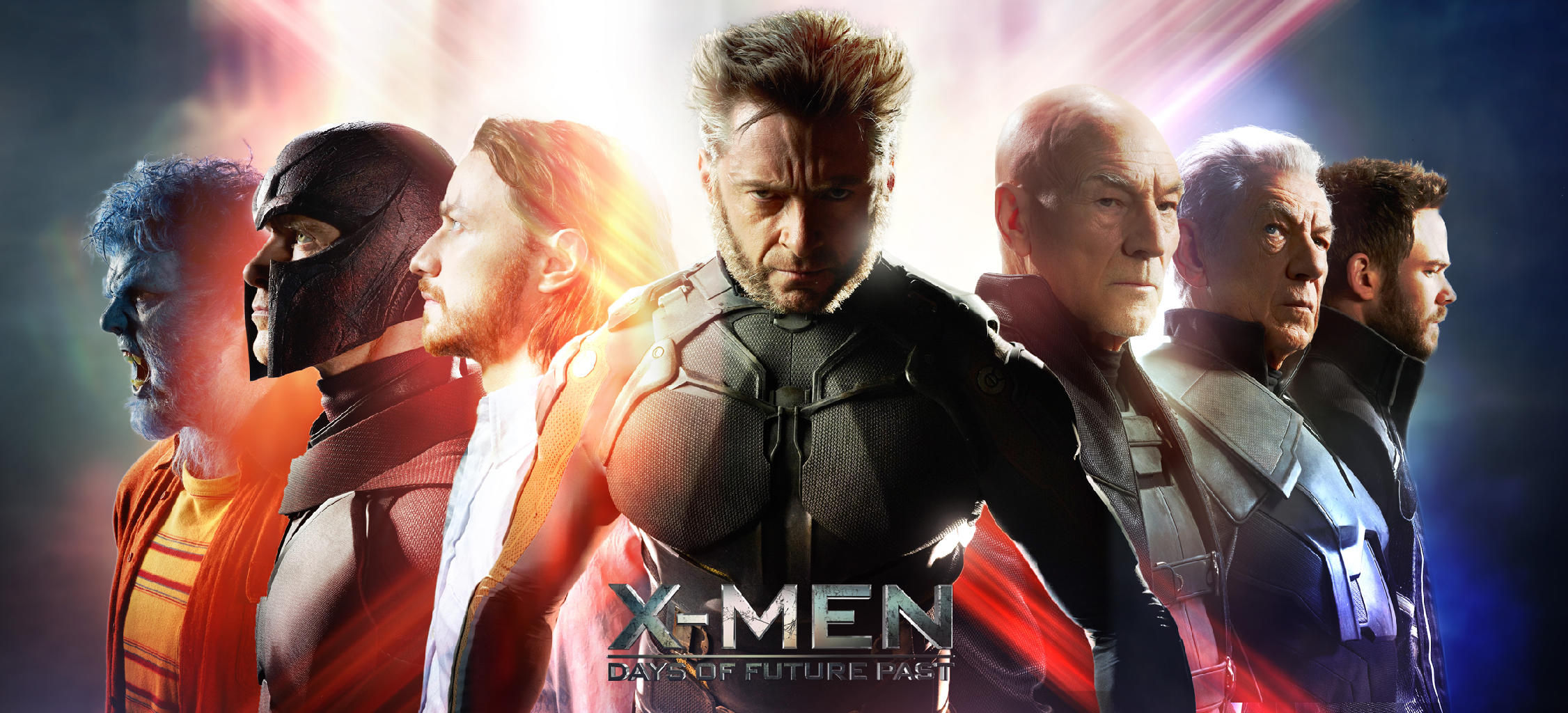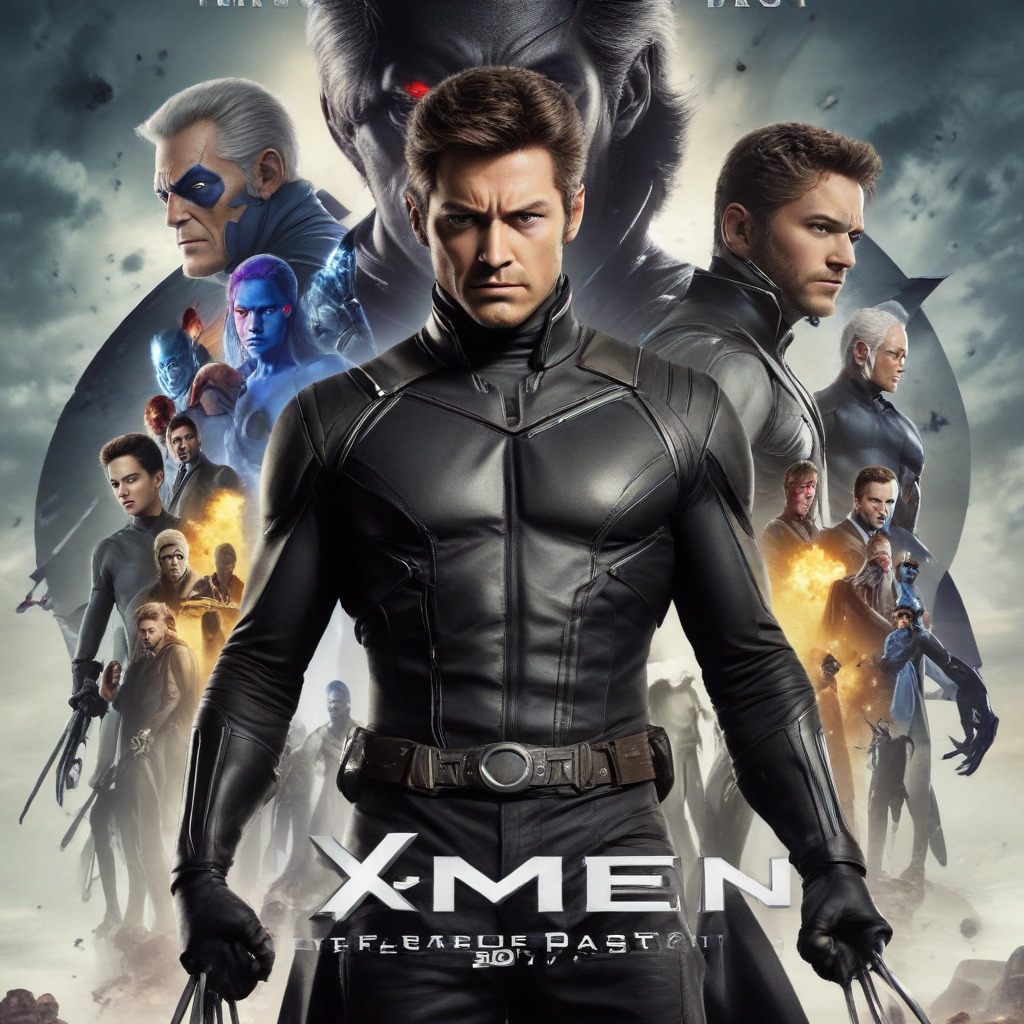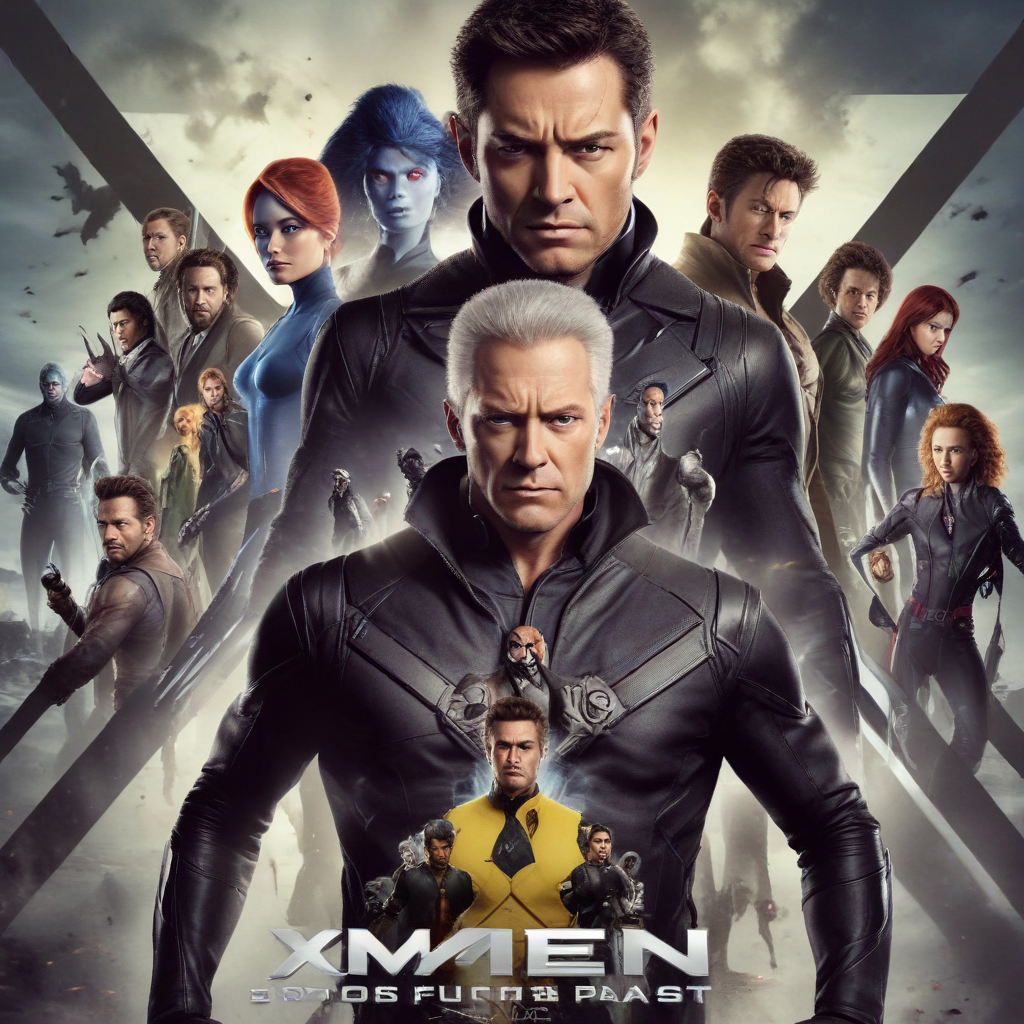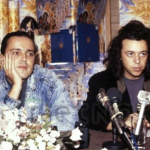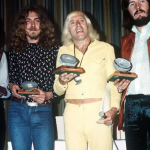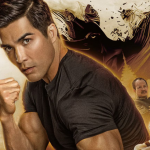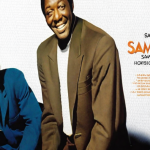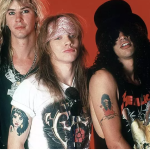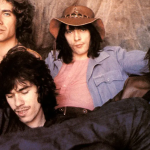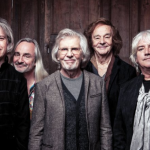X-Men: Days of Future Past (2014)
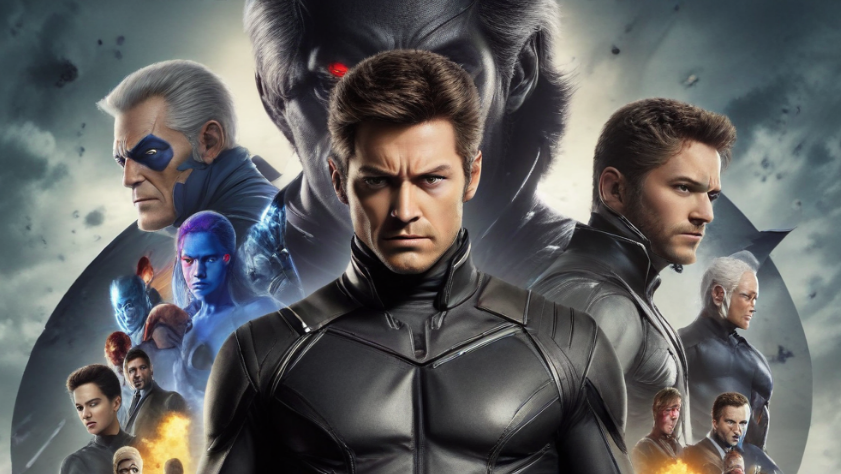
X-Men: Days of Future Past (2014), directed by Bryan Singer, is a pivotal film in the X-Men franchise that blends time travel with a complex narrative to address themes of destiny, choice, and change. The film serves as both a sequel to X-Men: The Last Stand (2006) and a prequel to X-Men: First Class (2011), effectively rebooting and reuniting the series’ timelines.
Plot Summary:
The film is set in a dystopian future where mutants are hunted by Sentinels—giant robots designed to detect and exterminate mutants. These Sentinels have nearly wiped out mutantkind and are also a threat to the human race.
In a desperate attempt to change the course of history, the X-Men send Wolverine (Hugh Jackman) back in time to 1973. His mission is to prevent a pivotal event that leads to the rise of the Sentinels. The key to altering the future lies in stopping the assassination of Bolivar Trask (Peter Dinklage), a scientist who creates the Sentinels. The assassination is orchestrated by Mystique (Jennifer Lawrence), who becomes a central figure in the future war against mutants.
Wolverine’s consciousness is sent back into his younger body in 1973, where he must recruit a younger version of Professor Charles Xavier (James McAvoy), the disillusioned leader of the X-Men, and convince him to help prevent the assassination. Alongside the younger Xavier and his team—including Hank McCoy/Beast (Nicholas Hoult), Quicksilver (Evan Peters), and others—Wolverine faces the challenge of navigating the complex political and personal conflicts of the past while attempting to alter the future.
Key Themes:
- Destiny and Free Will: The film explores the tension between destiny and the ability to alter one’s fate. By sending Wolverine back in time, the characters are given a chance to reshape their future, examining how choices and actions can influence the course of history.
- Redemption and Change: Characters like Professor X and Mystique grapple with their past decisions and seek redemption. Professor X’s journey involves overcoming his disillusionment and embracing hope, while Mystique’s actions challenge the concept of predetermined evil.
- Unity and Conflict: The film highlights the need for unity in the face of adversity. The collaboration between different generations of X-Men underscores the importance of working together to achieve a common goal, despite personal conflicts and differences.
Cast:
- Hugh Jackman as Wolverine/Logan: The primary character who is sent back in time. His regeneration powers and experience make him crucial to the mission to change the future.
- James McAvoy as Professor Charles Xavier (young): The younger version of the X-Men leader, struggling with his own sense of purpose and isolation.
- Michael Fassbender as Magneto (young): The powerful mutant with the ability to control metal, who initially opposes Xavier but is later drawn into the fight against the Sentinels.
- Jennifer Lawrence as Mystique/Raven Darkhölme: A mutant with shape-shifting abilities, whose actions in the past have a profound impact on the future.
- Nicholas Hoult as Hank McCoy/Beast (young): A brilliant scientist and mutant with superhuman strength and agility.
- Evan Peters as Quicksilver: A mutant with superhuman speed, who helps the team in a memorable heist sequence.
- Peter Dinklage as Bolivar Trask: The scientist behind the Sentinel program, whose assassination is a key event in the timeline.
Cinematic Highlights:
- Time Travel and Alternate Realities: The film effectively uses the concept of time travel to merge the original X-Men trilogy with the younger cast from X-Men: First Class. The alternate reality storyline allows for significant changes in the X-Men universe.
- Action Sequences: The film features impressive action scenes, including the high-octane heist sequence with Quicksilver and the climactic battle against the Sentinels. The use of special effects and choreography enhances these sequences.
- Character Development: The film provides substantial character development, particularly for Professor X and Mystique. It also deepens the backstories and motivations of several key characters, adding emotional weight to the narrative.
- Visual Effects: The special effects are notable for their quality and integration into the story. The depiction of the Sentinels and the use of superpowers are visually striking, contributing to the film’s engaging and dynamic action scenes.
Key Moments:
- The Quicksilver Heist Scene: Quicksilver’s slow-motion sequence during the prison break is one of the film’s standout moments, showcasing his super speed in a visually inventive way.
- The Climax at the White House: The final confrontation involving the X-Men, the Sentinels, and the assassination attempt is a high-stakes battle that determines the fate of the future.
- Professor X’s Redemption: The moment when Professor X overcomes his self-doubt and embraces his role as a leader is pivotal to the film’s emotional core.
Conclusion:
X-Men: Days of Future Past is a significant entry in the X-Men franchise that combines action, time travel, and complex character dynamics. Directed by Bryan Singer, the film successfully bridges the gap between the original X-Men trilogy and the newer films, offering a compelling story about the power of choice and the potential for change.
With strong performances from a talented cast, impressive visual effects, and a well-crafted narrative, Days of Future Past stands out as one of the best entries in the X-Men series, praised for its ambitious scope and effective blending of multiple timelines.
